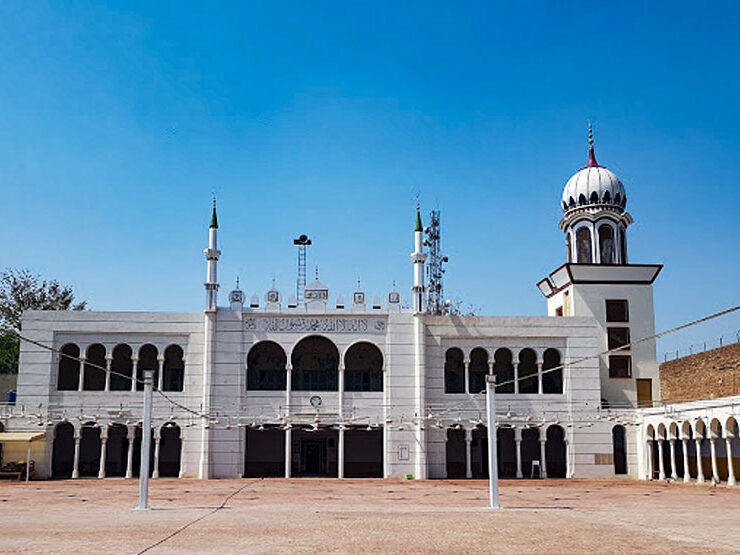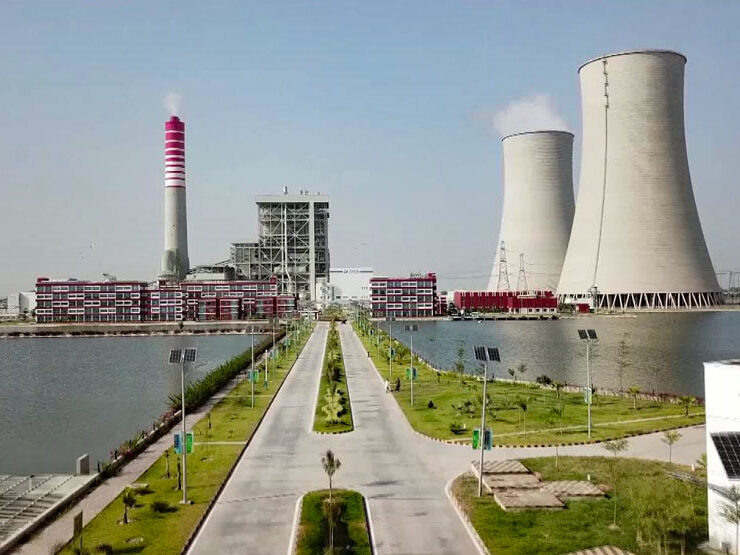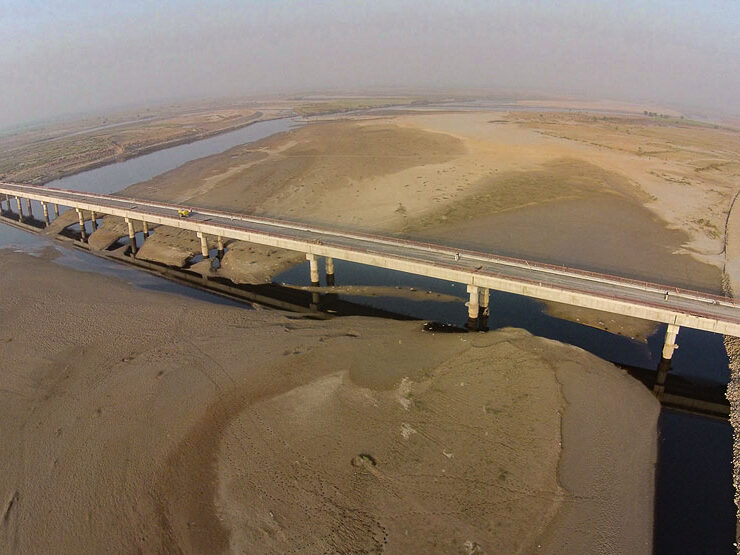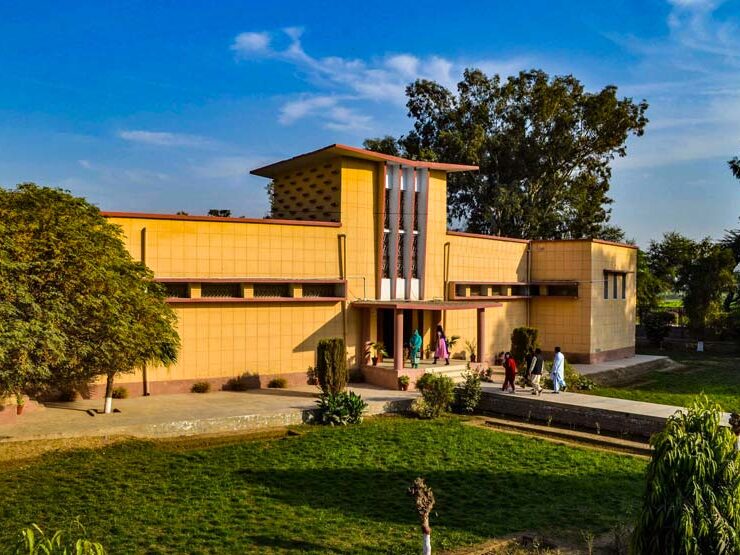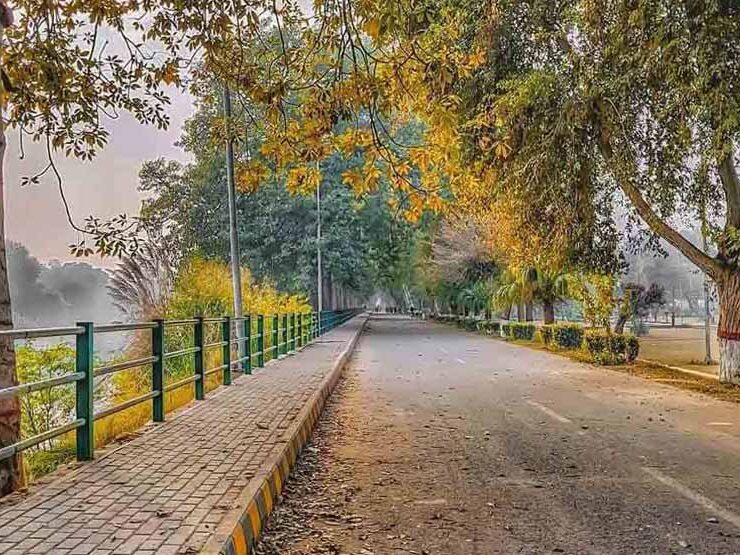Yadgar-e-Sahiwal Monument: A Timeless Tribute
Yadgar Monument, a monument in Sahiwal, Pakistan, is epitomized as an icon which has attached to the memory of the local community. Erected in 1966, its focus is on bringing to mind the history which goes back to Montgomery, which at that time was the name of the current city and its latter founders.
A Brief History
In the past, there was a little town called Pakpattan that existed where Sahiwal town is today. In 1865 the British used the land for a military cantonment and named it Robert Montgomery after a man who was then Lieutenant Governor of Punjab, Sir Robert Montgomery. Following an independent Pakistan in 1947; the name “Sahiwal” was chosen for Montgomery. In the year 1966, when Sahiwal was part of a curfew because it was changing from the cantonment town to an urban area, the Yadgar Monument was built. This phenomenal dance marks the historical feat of the ancestors who transformed the desert Sahiwal into cultivable land.
The Design
The monument has a column with four cone-shaped pillars leaned into a circle as support to its round platelet placed at the top. These pillars, estimated as 130 feet tall, are situated at the center of the building. A wonderful and unique structure was designed into existence by the well-known architect Zaheer ud Din Khwaja (tomb of Mausoleum of the beautiful lady) which is reconstruction of the symbol of unity and eternity. The introspecting inclination of the columns that accumulates in one point expounds the idea of the merging vision of everyone and the shared fate.
Symbolism and Significance
- Unity and Progress:
The four pillars which have sculptured the building into a single structure denote cohesion and consensus. The arches just as rugged and steady do, the monument stands for the stability that comes from unity and the joint effort towards improving whats right.
- Timelessness:
The circular form of the plot provides an impression of infinateness or eternalness without a start or end. It emphasizes the fact that our lives are cyclical, in spite of all the evolutionary changes that we have gone through over the years. Besides, this aspect reminds us of ancient monuments like Stonehenge and stresses the eternal resilience of Sahiwal and the vision of its founders.
- Community Gathering:
The under-monument space has nowadays a quite high visitor rate; it’s particularly popular on the evenings, national holidays, and celebrations which are holdt there. Watching colored lights is a common activity for people, and they take photos and exchange impressions in their common cultural pride.
Yadgar Sahiwal in Literature
The grappling culmination has not only featured in Urdu literature as a pattern but also as the core of Saheliwal culture. Late Baba Najmi, the famous poet, wrote the poem titled “Ik Raat Yadgar Ke Saye Mei” , which describes the monument’s marvelous appearance at the nighttime. The well-known poet Anwar Masood wrote in the phrase “Jaag Utha Hai Yadgar Sahiwal Ka”, a verse which underlines the monument as a flag of a city being awake to enjoy a great life.
Visiting Yadgar Monument
- Panoramic Views:
You would have to scale the height of the huge structure Yadgar Monument in order to enjoy the unparalleled 360 views of the massive fields, communities and urban Sahiwal. Tourists can slant their look at the siliced farmlands, which make Sahiwal famous.
- Photography Paradise:
Thanks to the uncommon style and the monument’s big structure, it won the first place as the favorite destination for the lovers of taking photos. These types of lighting effects provide some unforgettable situations – such as the transient silhouettes of the pillars against the sunset or the strikingly beautiful night lighting that makes the structure look like a single long building. The image of Sahiwal monument is now famous as tourists stream to the historical place to have their unique image of the ageless structure and preserve it in their albums as a traveling souvenir!

